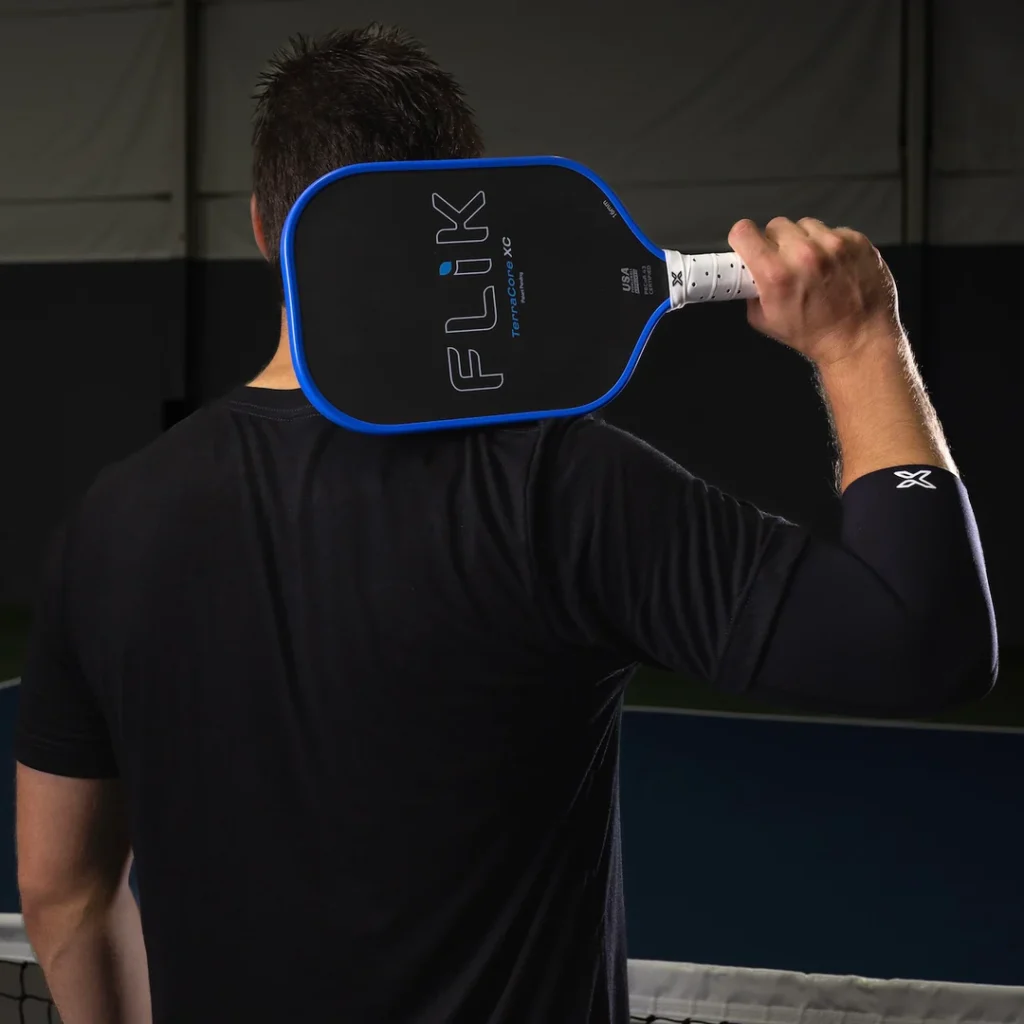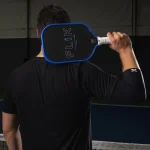Pickleball has quickly become one of the fastest-growing sports in the world. Loved by athletes of all ages, it’s a unique blend of strategy, agility, and precision. But as the sport continues to evolve, so does its equipment — especially the paddle.
From the early days of wooden paddles to today’s high-tech composite designs, innovation is transforming how the game is played. Modern paddles are no longer just tools — they’re performance partners, engineered to deliver power, control, and comfort like never before.
The Rise of Innovation in Pickleball Gear
The rapid growth of pickleball has sparked a wave of creativity among equipment designers. What began as a casual backyard activity is now a competitive sport, with professional leagues, international tournaments, and dedicated players demanding better gear.
Manufacturers have responded with advanced materials, aerodynamic shapes, and ergonomic grips — all designed to enhance precision and minimize fatigue. This technological leap has made the game more dynamic and accessible, even for newcomers.
Performance Meets Technology
Modern pickleball paddles are no longer “one-size-fits-all.” Instead, they’re carefully engineered to meet different playing styles — whether you’re a control-oriented player or someone who thrives on power shots.
A standout example of this trend can be seen with innovations like the Introducing FLiK F1 Pickleball Paddle With TerraCoreXC. This new approach to paddle design highlights how advanced materials can boost both performance and feel.
The integration of cutting-edge cores and textured surfaces provides players with improved ball feedback, while lightweight yet durable frames reduce strain on wrists and shoulders. It’s this balance between strength and sensitivity that defines the new generation of pickleball gear.
Materials That Make the Difference
Traditional paddles were made of simple materials like wood or basic polymers. Today, the focus is on composites — a mix of carbon fiber, fiberglass, and polypropylene honeycomb cores. These materials aren’t just trendy; they offer real advantages:
- Enhanced control: Textured surfaces help players put precise spin on the ball.
- Reduced vibration: Shock-absorbing cores protect joints and muscles from strain.
- Better balance: Lightweight designs improve swing speed and maneuverability.
This evolution has made pickleball more competitive, more comfortable, and far more enjoyable for everyone involved.
Ergonomics and Player Comfort
Beyond materials, modern paddle design emphasizes ergonomics — the science of comfort and usability. New grip technologies, anti-slip handles, and balanced weight distribution all contribute to longer, more confident gameplay.
For recreational players, this means fewer injuries and more fun. For competitive athletes, it translates into sustained performance and precision during long matches.
Sustainability and Design Innovation
Interestingly, innovation in pickleball isn’t just about power and control. Many brands are now focusing on eco-friendly materials and sustainable production methods. Recycled composites, low-waste manufacturing, and biodegradable packaging are becoming increasingly common — reflecting the community’s awareness of environmental impact.
As the sport grows globally, sustainability is poised to become an integral part of future paddle design and development.
The Cultural Impact of Modern Equipment
Better equipment doesn’t just improve performance — it shapes the culture of the game. As paddles become more advanced and accessible, more people are discovering pickleball as a fun, social, and fitness-friendly activity.
Clubs, parks, and fitness centers across the world are adding dedicated pickleball courts, and the sport’s inclusive nature makes it easy for families and friends to play together. It’s more than just a pastime — it’s becoming a lifestyle.
Looking Ahead
With ongoing innovation, pickleball paddles will continue to evolve. Expect to see smart designs that incorporate AI-driven feedback, data tracking, and customizable balance options. The next generation of equipment will likely blend performance, personalization, and sustainability in ways that redefine how we experience the sport.
For now, though, players can already feel the impact of this exciting shift — where advanced technology meets the simplicity and joy of a classic game.
For more related topics, check out the rest of our blog!







